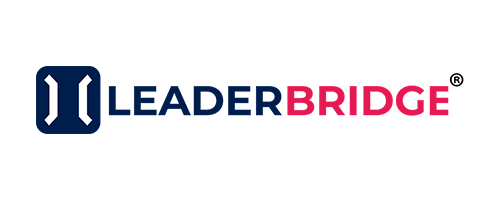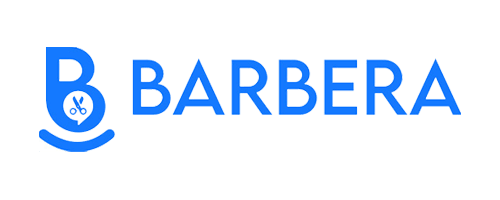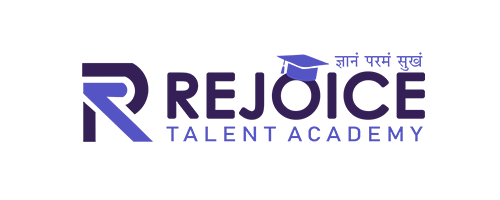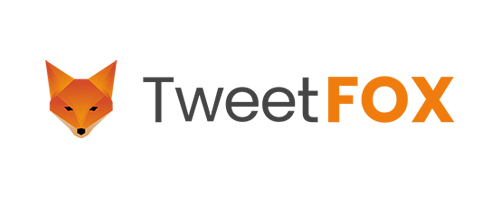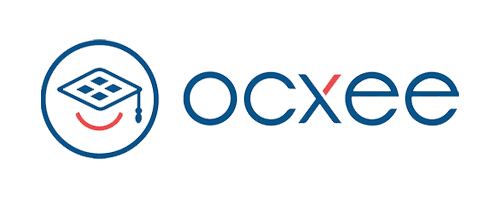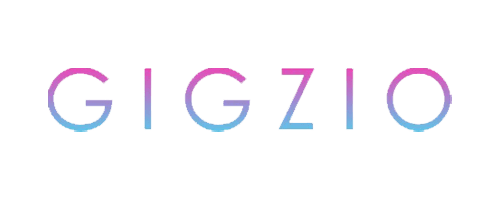Digital marketing and inbound marketing are easily confused, and for good reason. Digital marketing uses many of the same tools as inbound marketing—email and online content, to name a few. Both exist to capture the attention of prospects through the buyer’s journey and turn them into customers. But the two approaches take different views of the relationship between the tool and the goal.
Digital marketing considers how individual tools or digital channels can convert prospects. A brand's digital marketing strategy may use multiple platforms or focus all of its efforts on one platform. For example, a company may primarily create content for social media platforms and email marketing campaigns while ignoring other digital marketing avenues.
On the other hand, inbound marketing is a holistic concept. It considers the goal first, then looks at the available tools to determine which will effectively reach target customers, and then at which stage of the sales funnel that should happen. As an example, say you want to increase website traffic to generate more prospects and leads. You can focus on search engine optimization when developing your content marketing strategy, resulting in more optimized content, including blogs, landing pages, and more.
The most important thing to remember about digital marketing and inbound marketing is that as a marketing professional, you don’t have to choose between the two. In fact, they work best together. Inbound marketing provides structure and purpose for effective digital marketing to digital marketing efforts, making sure that each digital marketing channel works toward a goal.



